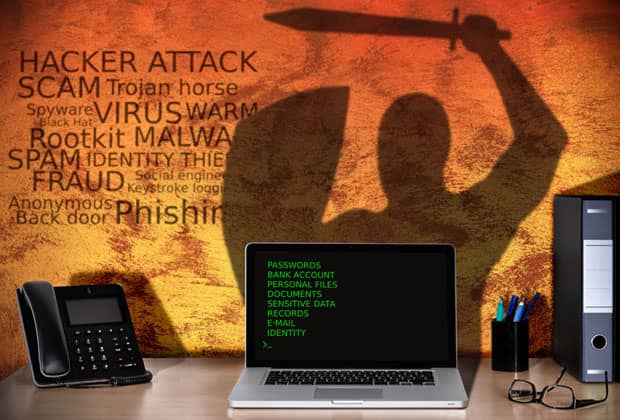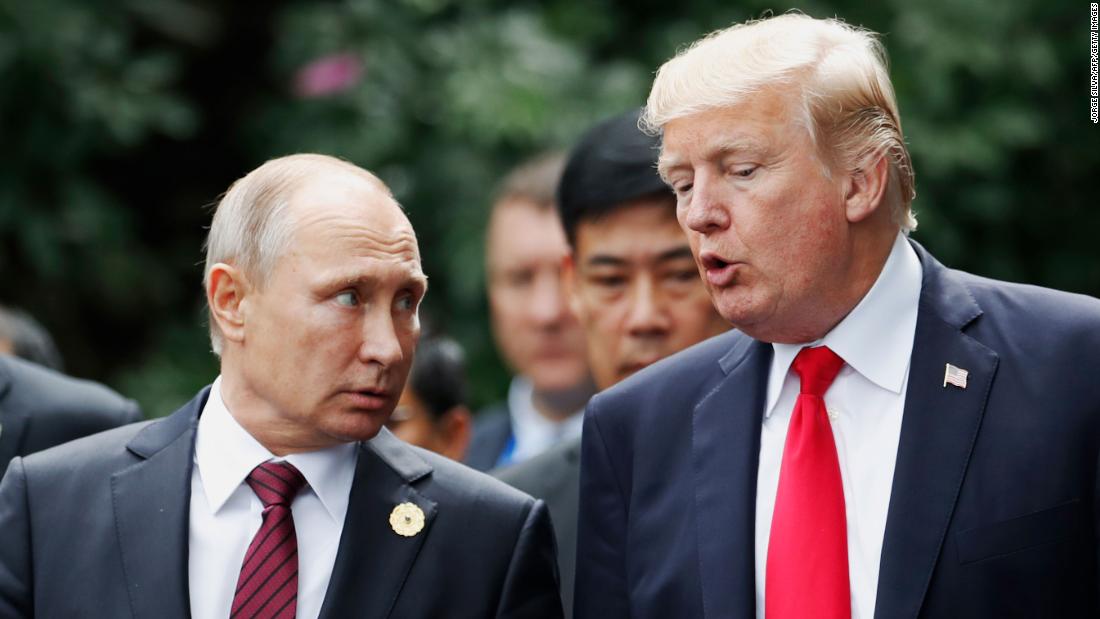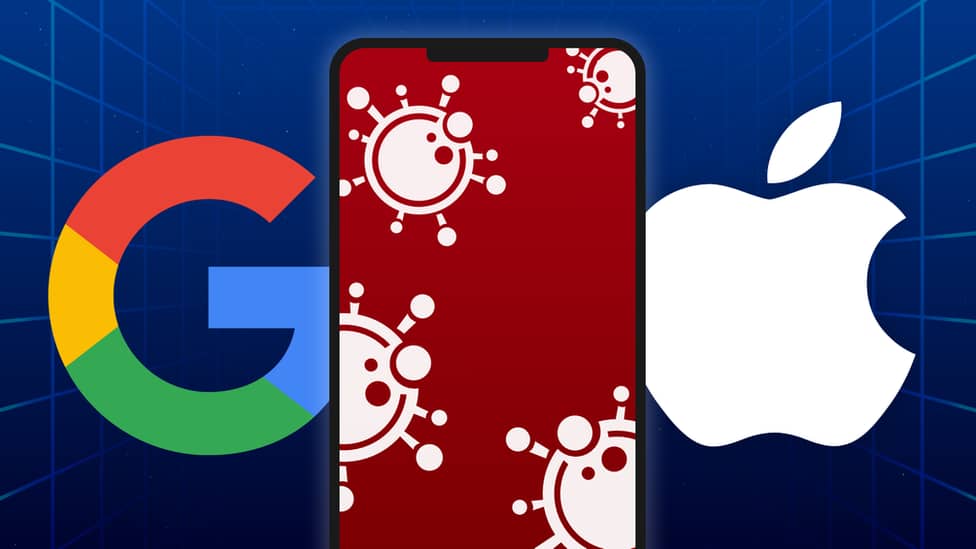NCC and telcos agree to retain consumer compensation policy
The Nigerian Communications Commission (NCC) and...
Danbatta bags National Service Excellence Award
The Executive Vice Chairman of the Nigerian Communications...
Konga Set To Launch ‘Konga Bulk Monday’
Konga is set to unveil a revolutionary new solution – Konga...
Nigerians Anticipate The Launch of ‘Unprecedented’ Tech Experience Centre
After weeks of anticipation and suspense, excitement is on...
Challenges of Remote Workers In The New Normal
A growing list of companies recently revealed that...
COVID-19 : NCC processes 1, 500 calls via Emergency Communications Centre
Information revealed by the Executive Vice Chairman of the...
Health and Fitness App Exercises AI for Competitive Advantage
In-person workout sessions these days might seem like a...
The Russian hackers who interfered in 2016 were spotted targeting the 2020 US election
Russia, China, and Iran have been caught conducting cyber...
Apple and Google launches Coronavirus Exposure Warning System
Apple and Google have announced they’re expanding their...
Zoom takes a u-turn, to offer end-to-end encryption
Zoom, video teleconferencing platform has made a u-turn, to...
5G phones in 2020: Galaxy Note 20, Pixel 5, OnePlus Nord, LG Velvet
Though 5G deployment kicked off in 2019, you’ll see...
Mitchell Elegbe Seek Policies to Sustain e-Payment Growth
Following the outbreak of COVID-19, more Nigerians have...
While staying at home due to the coronavirus pandemic isn’t something we’d ordinarily want to do
While staying at home due to the coronavirus pandemic isn’t...
Huawei 5G removal to cost UK economy £18.2bn
Assembly Research predict the UK’s global leadership...
Global spending on AI to double, says IDC
Worldwide spending on artificial intelligence (AI) is...
Italian TV companies want in on single network plan
Italy’s national broadcaster Rai appears to be looking at...
US ELECTION 2020_ Russia, China and Iran hackers target Trump and Biden, Microsoft says
Both President Donald Trump and Democrat Joe Biden’s...
Digital Services has contributed over 45% to Nigeria’s GDP – Pantami
The digital services in the country have contributed over...

















